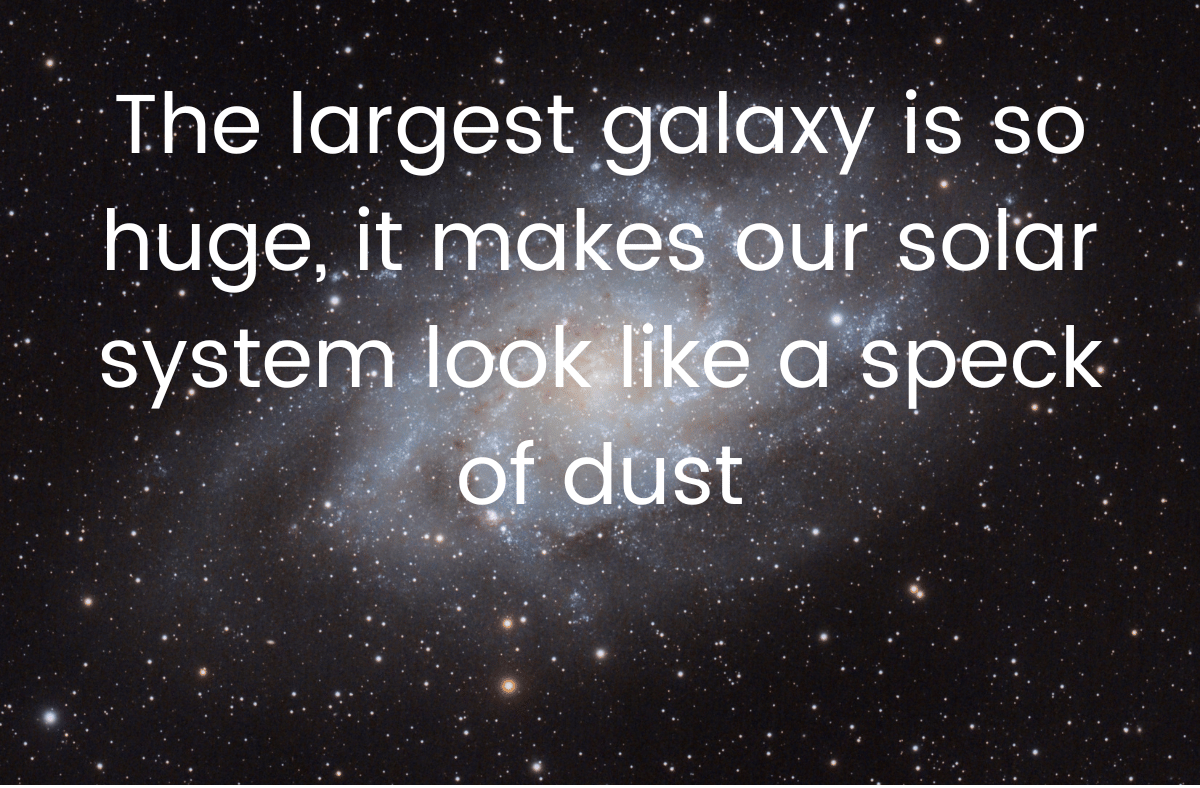For those in a hurry
- A neutron star is the collapsed core of a massive star that exploded as a supernova.
- It has a mass of about 1.4 times that of the Sun, but a diameter of only 20 km (12 miles).
- Its density is about 10^14 times that of water, or about 3 billion tonnes per cubic centimeter.
- A teaspoon of neutron star would weigh about 10 million tons, or as much as a 0.5 cubic kilometre chunk of the Earth.
What is a neutron star?
A neutron star is one of the most extreme objects in the universe. It is the result of a massive star that ran out of fuel and collapsed under its own gravity. The star’s core became so dense that its protons and electrons combined to form neutrons, hence the name neutron star.
Neutron stars are incredibly small and dense. They have a mass of about 1.4 times that of the Sun, but a diameter of only 20 km (12 miles). That means their density is about 10^14 times that of water, or about 3 billion tonnes per cubic centimeter. To put that in perspective, a teaspoon of neutron star would weigh about 10 million tons, or as much as a 0.5 cubic kilometre chunk of the Earth.
How do we know about neutron stars?
Neutron stars are very hard to detect because they emit very little light. However, some neutron stars have very strong magnetic fields and spin very fast, creating beams of radiation that sweep across the sky like lighthouses. These are called pulsars, and they were first discovered in 1967 by radio astronomers.
Pulsars are not the only way to observe neutron stars. Some neutron stars are part of binary systems, where they orbit another star or another neutron star. In some cases, they can accrete matter from their companion and emit X-rays or gamma-rays. These are called X-ray binaries or gamma-ray binaries.
Neutron stars are also involved in some of the most violent events in the universe, such as supernova explosions and collisions with other neutron stars or black holes. These events can produce gravitational waves, ripples in space-time that can be detected by special instruments on Earth.
Why are neutron stars important?
They are fascinating objects that challenge our understanding of physics and astronomy. They can help us learn more about the life cycle of stars, the origin of heavy elements, the nature of matter at extreme densities and temperatures, and the effects of gravity and magnetism on space-time.
Neutron stars are also potential sources of energy and information for future civilizations. They could be used as natural clocks, navigational beacons, or even power plants. They could also contain clues about the history and evolution of the universe.






















